Artificial Intelligence is the topic of the moment. For many, it represents a revolution that, much like the printing press, electricity, or information technology, will bring about an epochal shift with far-reaching effects – not just technical, but also social and political – reshaping cultural and professional landscapes from top to bottom. For others, precisely because of these potential consequences, it stirs fear: fear of humans being overtaken by machines, the rise of speculative capitalism, and the growing manipulation of data, profiles, and identities. For years, art has played the role of a prophetic voice, either warning us or offering an idealistic and dystopian vision, exploring these transformations and allowing us to imagine their profound effects.
The more you know about AI, the less you are affected by it.
Antonio Somaini
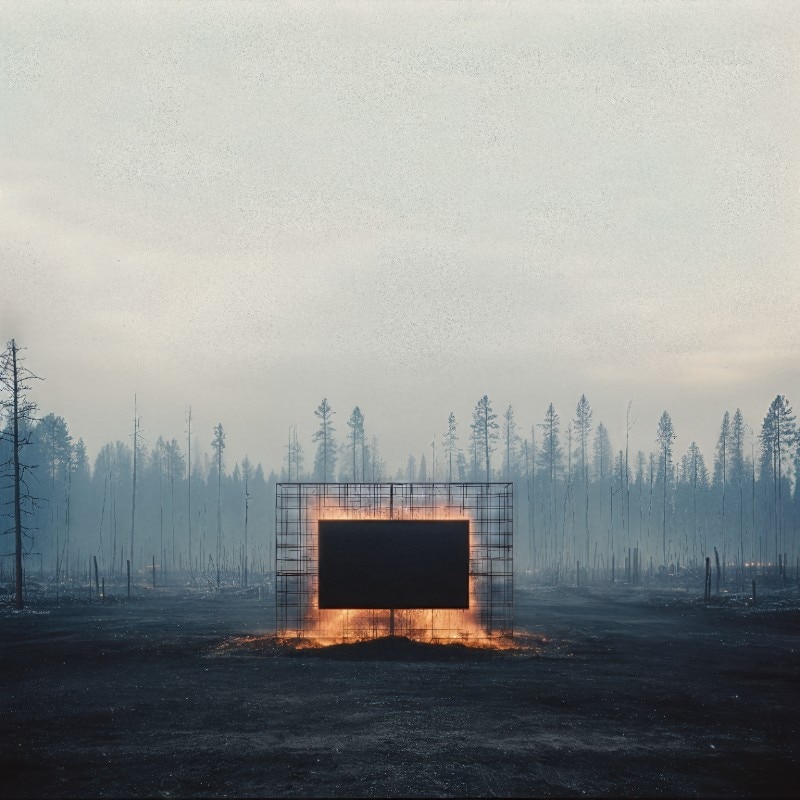
Recently opened at the Jeu de Paume in Paris, “Le Monde Selon l’IA” (on view until September 21, 2025) addresses the topic head-on. The exhibition’s intellectual depth, the sheer number of works (many created specifically for the event), and its original approach make it a must-see. The title reflects the curator’s perspective, Antonio Somaini, a professor at the Sorbonne Nouvelle University in Paris and a renowned theorist of media and visual culture, with associate curators Ada Ackerman, Alexandre Gefen, and Pia Viewing. The goal is to show how, over the last decade, international artists have reflected on what it means to experience the world “according to” or “through” artificial intelligence: what it means to perceive, imagine, know, and remember a world increasingly shaped by algorithms and AI models.
As Somaini explains in his introduction to the exhibition and catalog, the transformations AI has brought to all levels of society and culture are often subtle and invisible – hidden within inaccessible black boxes. However, the impact of AI technologies on images and visual culture represents the visible surface of these changes. This is where they can be perceived, analyzed, and discussed. The world of images is being deeply transformed by its encounter with artificial intelligence: increasingly, images are being created solely for algorithms to process, without human mediation. By changing our relationship with media, images, and texts, AI raises ethical, economic, and social questions. In the arts, by redefining the processes of creation, production, and consumption, it challenges concepts of creativity, originality, and copyright.
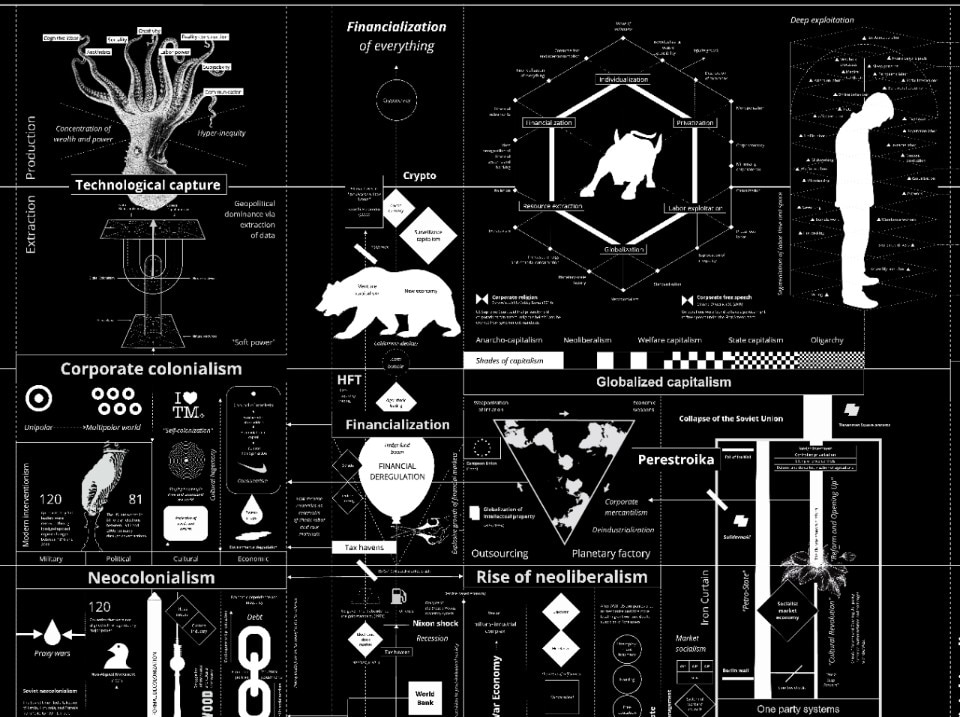
The exhibition is divided into sections, alternating between contemporary works and “cabinets de curiosité” – real-time capsules that explore AI’s historical precedents, its origins, and its development. The journey begins with a look at the material and ecological dimensions of AI, often overlooked. Julian Charrière’s works, such as Buried Sunshines Burn and Metamorphism, highlight the environmental impact of digital industries and the hidden physicality of so-called “dematerialized” technologies. Kate Crawford and Vladan Joler’s monumental diagram Calculating Empires traces five centuries of inventions that paved the way for today’s AI.

The second section focuses on analytical AI, particularly computer vision and facial recognition. American artist Trevor Paglen’s installation Faces of ImageNet shows how these systems reduce human complexity to simplistic categories filled with biases, while a new piece by Hito Steyerl examines the shadowy world of “clickworkers” – the millions of underpaid workers, mostly based in the Global South, who contribute to the functioning of AI models. This critical reflection on human exploitation in AI technology continues with works by Agnieszka Kurant and the Meta Office collective, which further highlight the deeply human realities of AI in its current phase.
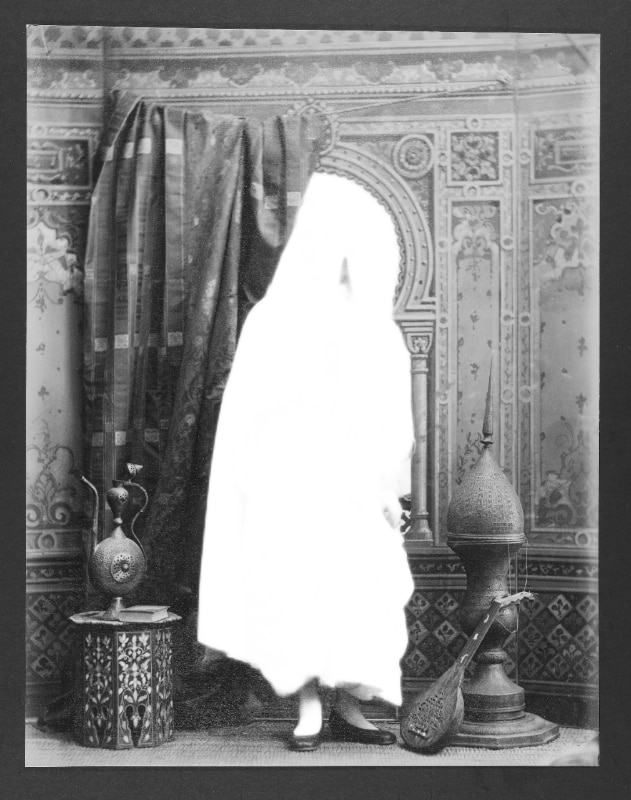
The exhibition then moves into generative AI – the ability of AI to produce new data, including images, texts, and sounds, from vast amounts of online content used to train algorithms. In this section, several contemporary artists appropriate these technologies to open up new creative possibilities. Some, like Egor Kraft, Theopisti Stylianou-Lambert, and Alexia Achilleos, use AI to fill gaps in official history. Others, like Nora Al-Badri and Nouf Aljowaysir, critically examine the stereotypes and distortions in the data on which algorithms rely. Still others, such as Grégory Chatonsky, Justine Emard, and Gwenola Wagon, propose alternative narratives, creating artificial worlds where transhumanist ghosts and psychedelic exuberance coexist.
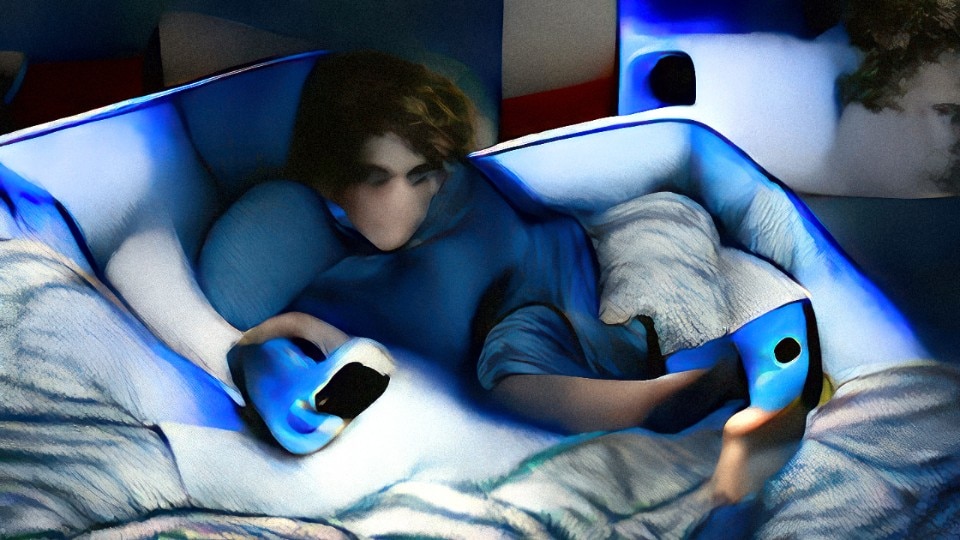
While the exhibition places images at its core in all their forms and formats, other media are also featured: cinema, with works by Inès Sieulle, Andrea Khôra, and Jacques Perconte, reflecting on how visual perception and narrative construction are changing in the age of algorithms; generative literature, featuring poetic and narrative texts and alphabets created by software and language models; and music, with Christian Marclay’s striking The Organ, which combines sounds and images extracted from Snapchat to generate real-time combinations based on sound frequencies, demonstrating AI’s potential to create new audiovisual forms.
Though architecture and design are not directly addressed, Somaini’s theory of “latent spaces” (abstract constructs where complex digital objects like images or texts are simplified into a few dimensions for mathematical processing) suggests a new way of thinking about objects, media, and space itself – reduced to data.
Increasingly, images are being created solely for algorithms to process, without human mediation.
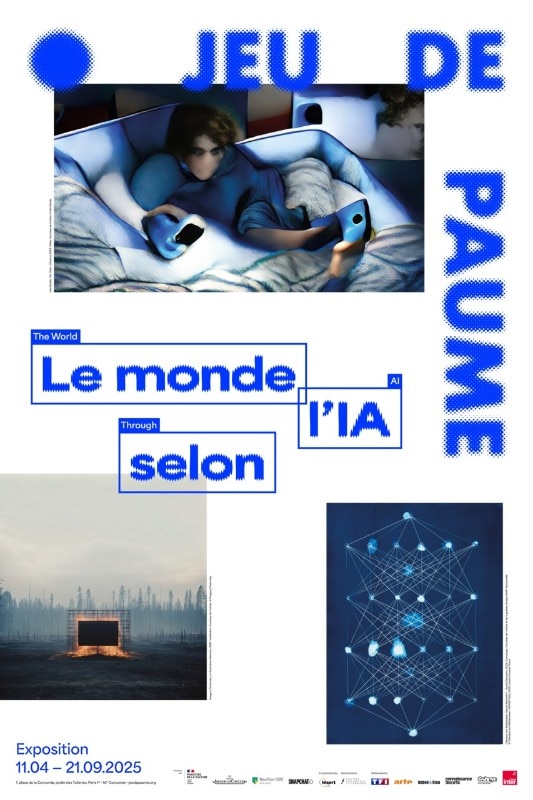
The AI revolution touches every field. It is, therefore, crucial to be informed, to understand how it works, and to reflect on its impact. As the curator of the Paris exhibition puts it, “The more you know about AI, the less you are affected by it.”
Opening image: Gwenola Wagon, Chronique du soleil noir, 2023


